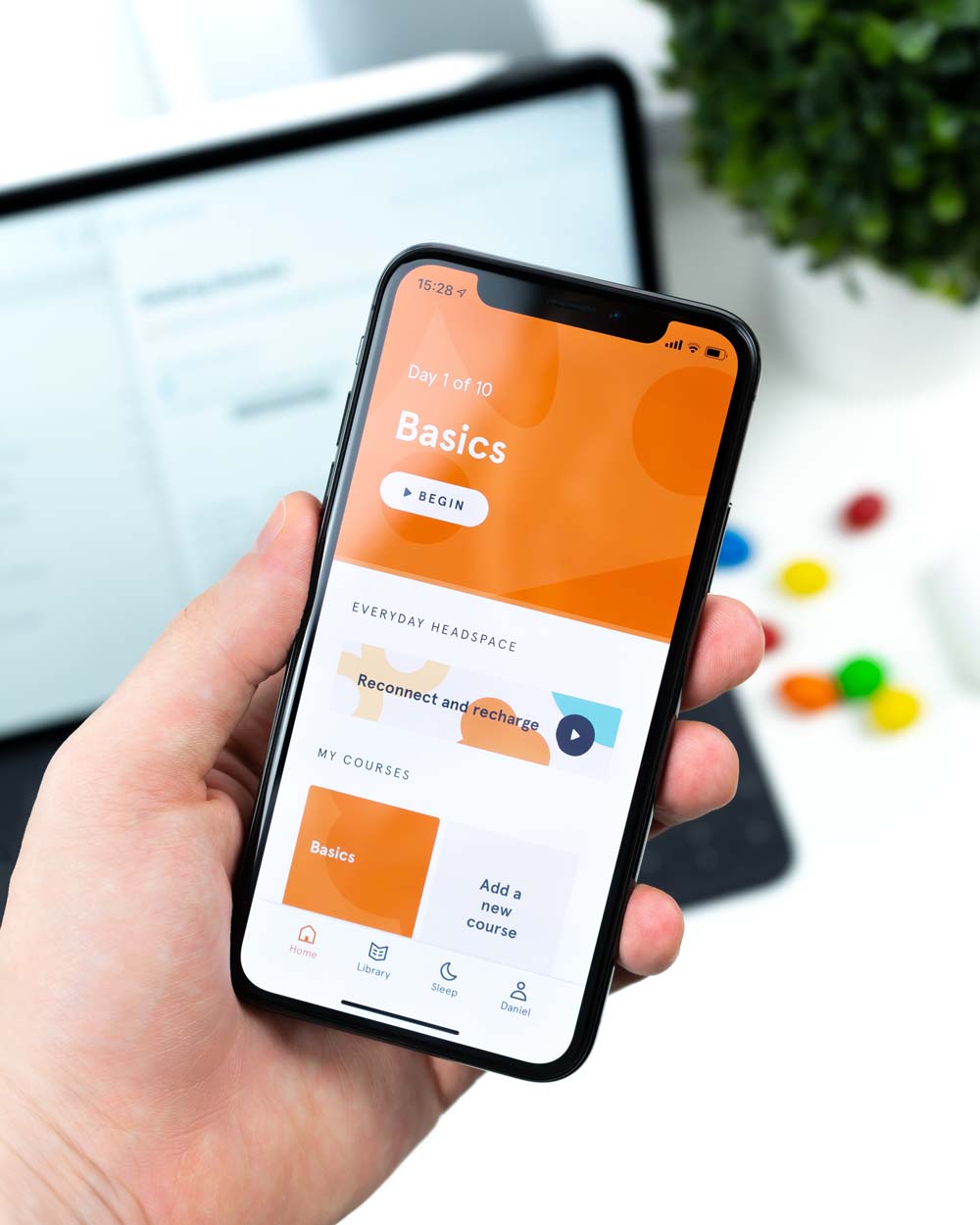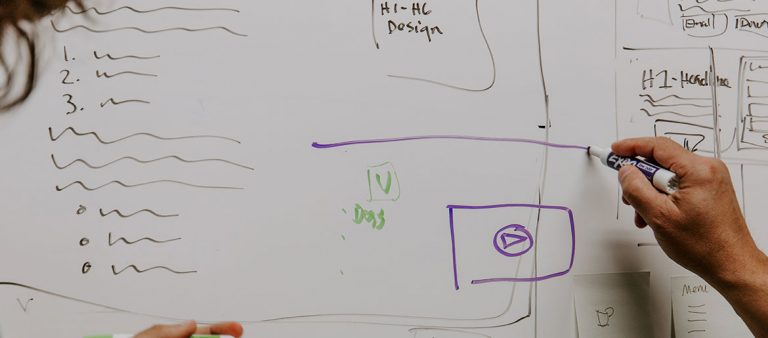What’s the first idea you get when you think of improving conversions? Marketing experts will tell you it’s all about the marketing. After all, the conversion rate is something that falls under the jurisdiction of the marketing team. It’s the percentage of visitors who took the action you wanted them to take.
So, a marketer will say you have to develop SEO content for the page and promote it across all channels available.
But a web designer understands that the race for conversions starts way before that step. It’s in the so-called “conversion web design,” which considers all factors of design that influence the sales process.
What factors are we talking about?
Factors of Website Design and the Impact on Sales
- Aesthetics

Let’s say you visit two different online stores. Both of them feature the same product, with the same price and same delivery options. Both websites are safe. Which one will you choose?
10 Web Design Trends You Should Know for 2014If all other factors are the same, you’ll choose the one that looks better, right?
This is a common situation in the essay writing industry. When students need to buy essay, they come across several pages that make similar offers. When the student is in a hurry to make a decision, they choose the site that looks well.
A web designer can play with visuals and colors to enhance the appeal of the website. With that, they affect the visitor’s emotions and contribute towards brand recognition. The aesthetics of design is a factor that directly influences conversions.
Understanding Legal Fees: How to Budget for Legal Representation- Use Experience Design

When you design a website, you must think about its usability. Conversion rates grow when you engage the users on a higher level. That’s why UX design is a strategic goal towards conversion optimization, and it’s a designer’s responsibility.
UX design starts with considering the goal a client wants to achieve with the website. If they want the users to download an eBook, you’ll adjust the design in a way that makes that call to action evident. If they want to sell more products, you’ll include HQ images and videos that showcase their features.
UX design is also about making the website responsive and easy to use. It needs a clean map and effortless search function.
Animals In Logos: Examples For Inspiration- Search Engine Optimization

Wait; wasn’t SEO about digital marketing? What does design have to do with it?
Every experienced web designer will tell you the same: the site structure, mobile-friendly design, image optimization, and speed greatly affect the site’s rankings. SEO is an important element of the design process, and you should focus on it right from the start.
But how does it affect conversions?
Roadmap to Cisco CCIE Security Certification and Getting the Highest Paying Career with Cisco NetworkingSimple: an effective SEO strategy means you’re getting more visitors at the website, so you greatly increase the chances of converting more leads.
- The Human Touch
When they want to buy something or take any other kind of action at a website, people relate to people. So instead of featuring products or abstract design, you should include people in the images. They will present the products or convey an impression of using the service the site sells.
Take a look at this case study. Through A/B testing, the developers realized that the page featuring a real person had a 47% increase in paid subscriptions. They saw that a short-form design that features a real human performed better than all other alternatives.
- Mobile-First Design

In general, the desktop version of a site gets more conversions when compared to mobile. The global conversion rates for Q3 of 2018 were 3.94% for desktop and 1.84% for smartphone. Then why should you consider mobile design a priority?
Basically, it’s what Google tells you. Starting July 1, 2019, the search engine will first index the mobile versions by default. So, if you want to get the pages indexed ASAP, you should make the mobile version impeccable.
Great Design Impacts Conversions
There’s no doubt about it.
Of course, the web conversion rate will depend on the marketing strategy and its implementation. But everything starts with great design. If the visitors find impressive pages with elements that engage them, they will be more willing to take the action the content suggests.
For a designer, this means they should always test different versions of the design to see how even the smallest changes affect conversion rates. This means that even when the site is ready to go, your work in development is not done.
Author BIO:
Nicholas Walker is a web designer and tech blogger. His goal is to master as many programming languages as possible and use them to improve his practices. Through guest blogging, Nicholas wants to inspire beginner designers to test more and learn more.







